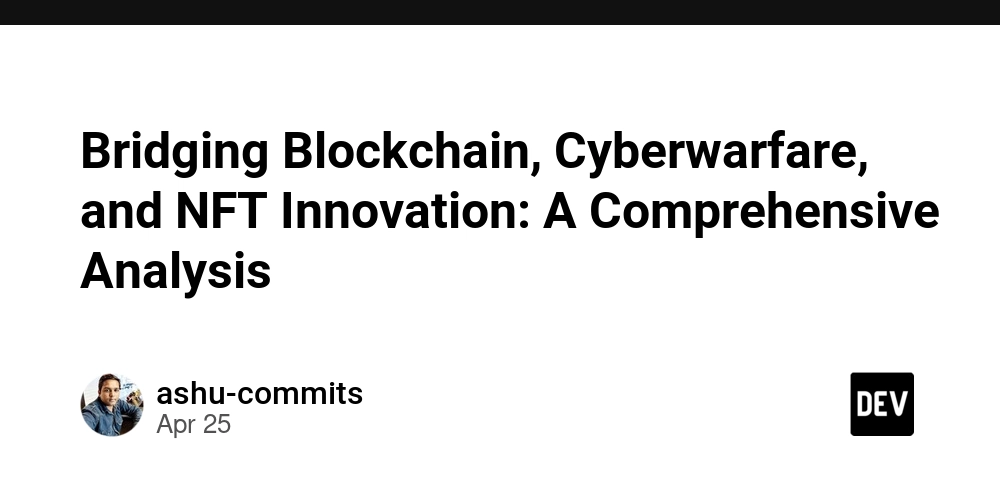Open Source AI: The Double-Edged Sword Devs Can’t Stop Talking About
Hey devs, ever feel like Open Source AI is both your best friend and your worst enemy? You’re not alone. It’s a game-changer—handing you powerful tools for free—but it’s also a hacker’s playground. So, is it a gift to creators or a recipe for chaos? Let’s break it down, dev-style. Why Open Source AI Matters Open Source AI is like a cheat code for developers: Faster Builds: Skip the grunt work with pre-trained models. It’s like starting a race halfway to the finish line. Free Power: Tools like Hugging Face and Stable Diffusion let you experiment without draining your wallet. Global Collab: Devs worldwide pitch in, making tools better, faster. It’s a 24/7 hackathon. Over 50% of organizations now use it, and 76% plan to expand (McKinsey). The Bright Side Open Source AI is a dev’s dream: Transparency: Open code means you can spot bugs or biases. It’s like having a debugger for ethics. Community Power: From students to pros, anyone can tweak and innovate. Think of it as a public library for coders. Tools like PyTorch thrive on this collective brainpower. The Dark Side But here’s the catch: Hacker Fuel: Open models can be twisted into deepfakes or malware. In 2023, deepfake phishing hit elections hard. Security Risks: 97% of apps use open source, and 82% of components are risky (OpenSSF). Ethical Traps: Powerful tools in the wrong hands? Yikes. When code’s this open, misuse isn’t just possible—it’s happening. Finding Balance So, how do we keep the good without the ugly? Vet Your Tools: Stick to trusted platforms like GitHub. Check Licenses: Some models have rules—read the fine print. Stay Updated: Follow patches and forums. It’s about being a responsible dev—the community’s counting on it. Devs, It’s in Your Hands Open Source AI isn’t going anywhere. It’s a movement, and you’re part of it. Use it wisely, stay informed, and push for a tech world that’s as safe as it is innovative. What’s your take? Any Open Source AI wins or woes? Drop a comment—let’s shape the future together. Read the full article here.
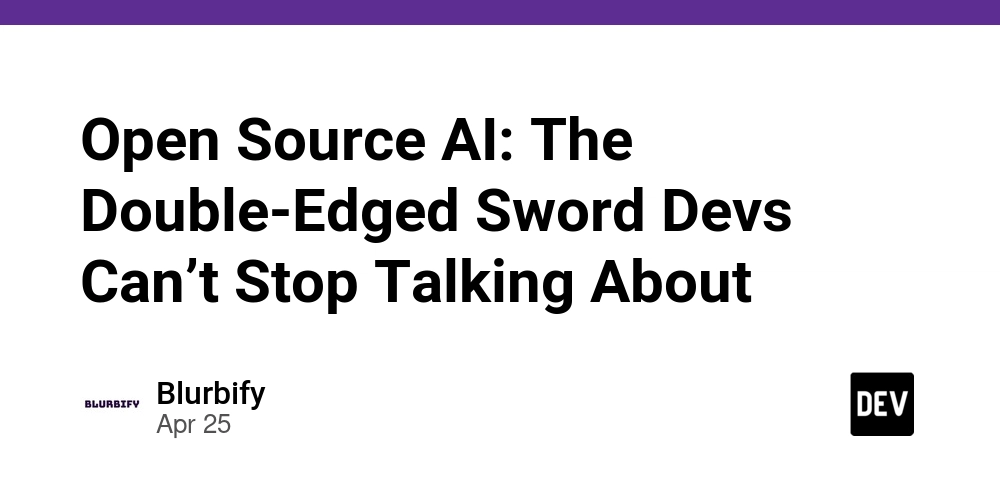
Hey devs, ever feel like Open Source AI is both your best friend and your worst enemy? You’re not alone. It’s a game-changer—handing you powerful tools for free—but it’s also a hacker’s playground. So, is it a gift to creators or a recipe for chaos? Let’s break it down, dev-style.
Why Open Source AI Matters
Open Source AI is like a cheat code for developers:
Faster Builds: Skip the grunt work with pre-trained models. It’s like starting a race halfway to the finish line.
Free Power: Tools like Hugging Face and Stable Diffusion let you experiment without draining your wallet.
Global Collab: Devs worldwide pitch in, making tools better, faster. It’s a 24/7 hackathon.
Over 50% of organizations now use it, and 76% plan to expand (McKinsey).
The Bright Side
Open Source AI is a dev’s dream:
Transparency: Open code means you can spot bugs or biases. It’s like having a debugger for ethics.
Community Power: From students to pros, anyone can tweak and innovate. Think of it as a public library for coders.
Tools like PyTorch thrive on this collective brainpower.
The Dark Side
But here’s the catch:
Hacker Fuel: Open models can be twisted into deepfakes or malware. In 2023, deepfake phishing hit elections hard.
Security Risks: 97% of apps use open source, and 82% of components are risky (OpenSSF).
Ethical Traps: Powerful tools in the wrong hands? Yikes.
When code’s this open, misuse isn’t just possible—it’s happening.
Finding Balance
So, how do we keep the good without the ugly?
Vet Your Tools: Stick to trusted platforms like GitHub.
Check Licenses: Some models have rules—read the fine print.
Stay Updated: Follow patches and forums.
It’s about being a responsible dev—the community’s counting on it.
Devs, It’s in Your Hands
Open Source AI isn’t going anywhere. It’s a movement, and you’re part of it. Use it wisely, stay informed, and push for a tech world that’s as safe as it is innovative.
What’s your take? Any Open Source AI wins or woes? Drop a comment—let’s shape the future together.
Read the full article here.


























































































































































![[The AI Show Episode 143]: ChatGPT Revenue Surge, New AGI Timelines, Amazon’s AI Agent, Claude for Education, Model Context Protocol & LLMs Pass the Turing Test](https://www.marketingaiinstitute.com/hubfs/ep%20143%20cover.png)
















































































































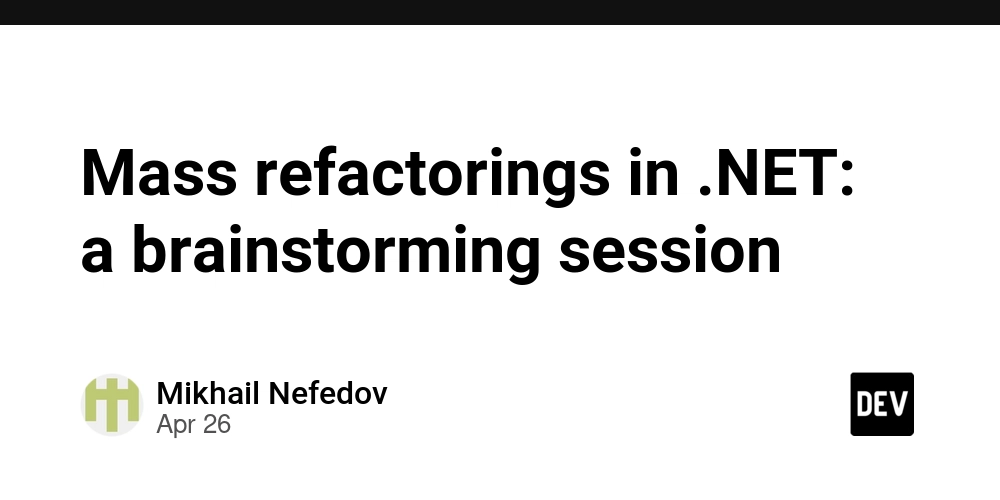
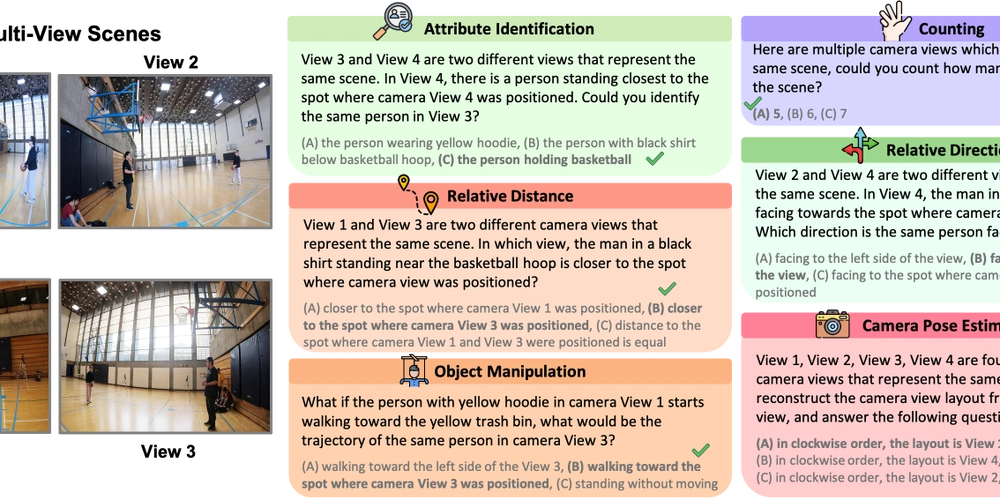
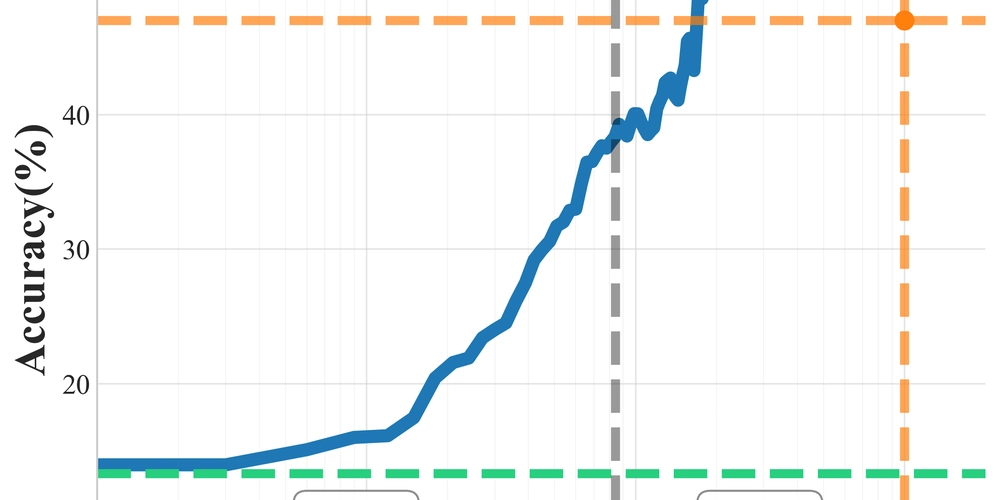
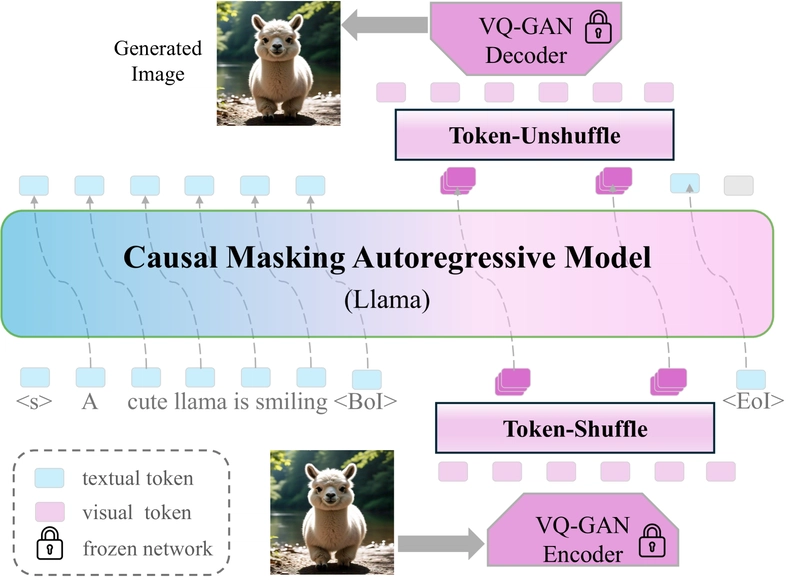











![[FREE EBOOKS] AI and Business Rule Engines for Excel Power Users, Machine Learning Hero & Four More Best Selling Titles](https://www.javacodegeeks.com/wp-content/uploads/2012/12/jcg-logo.jpg)















































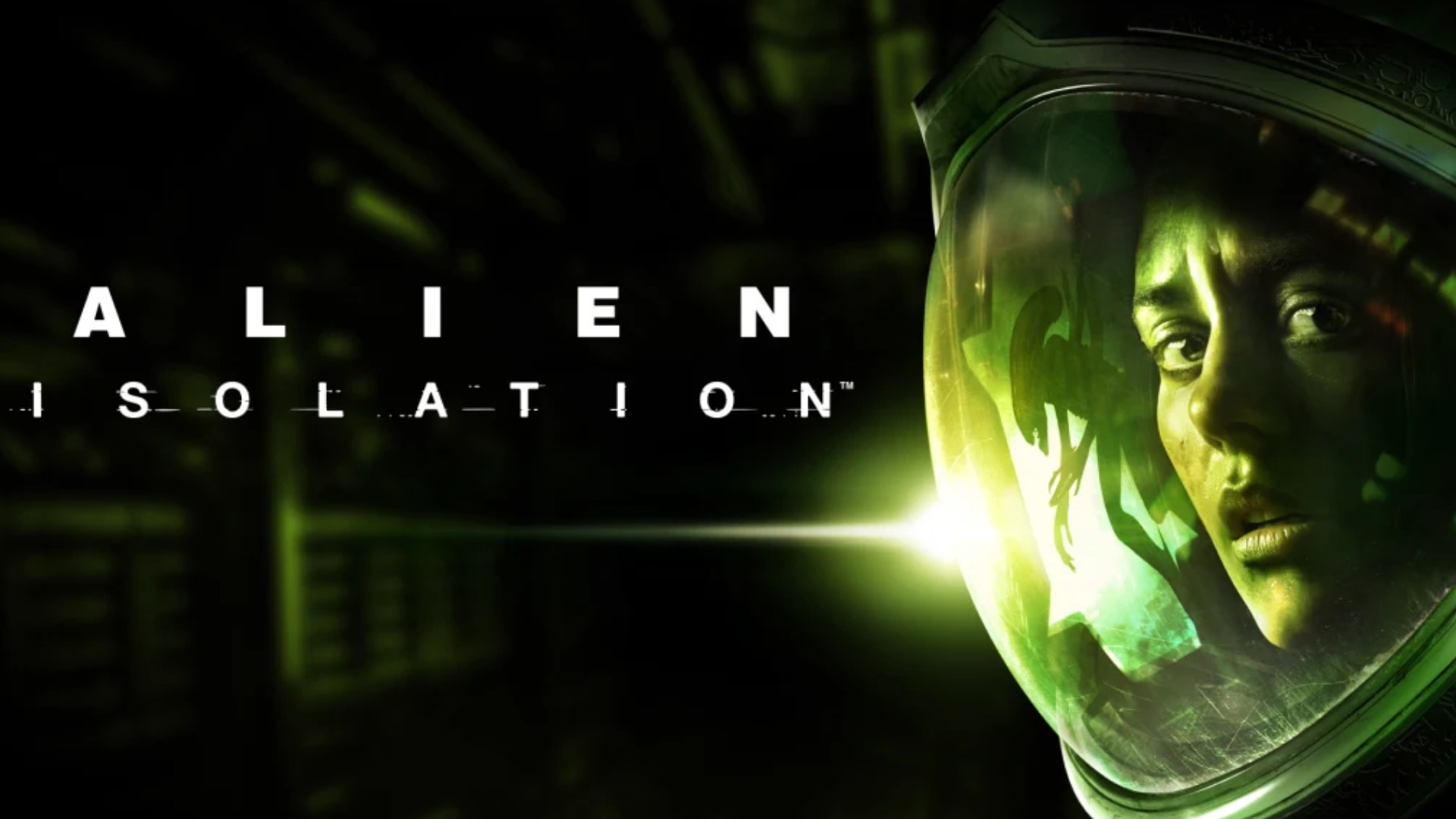
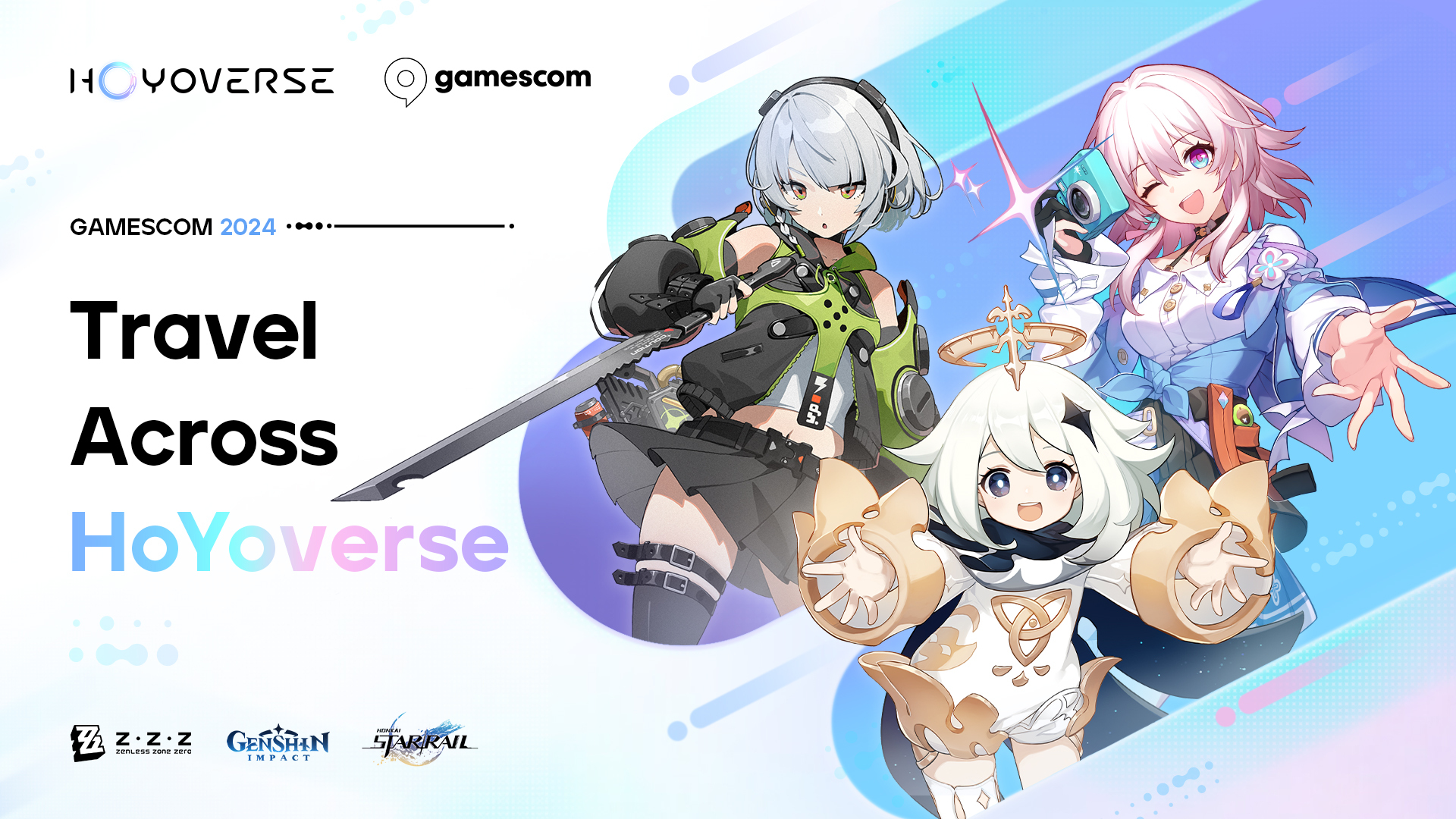
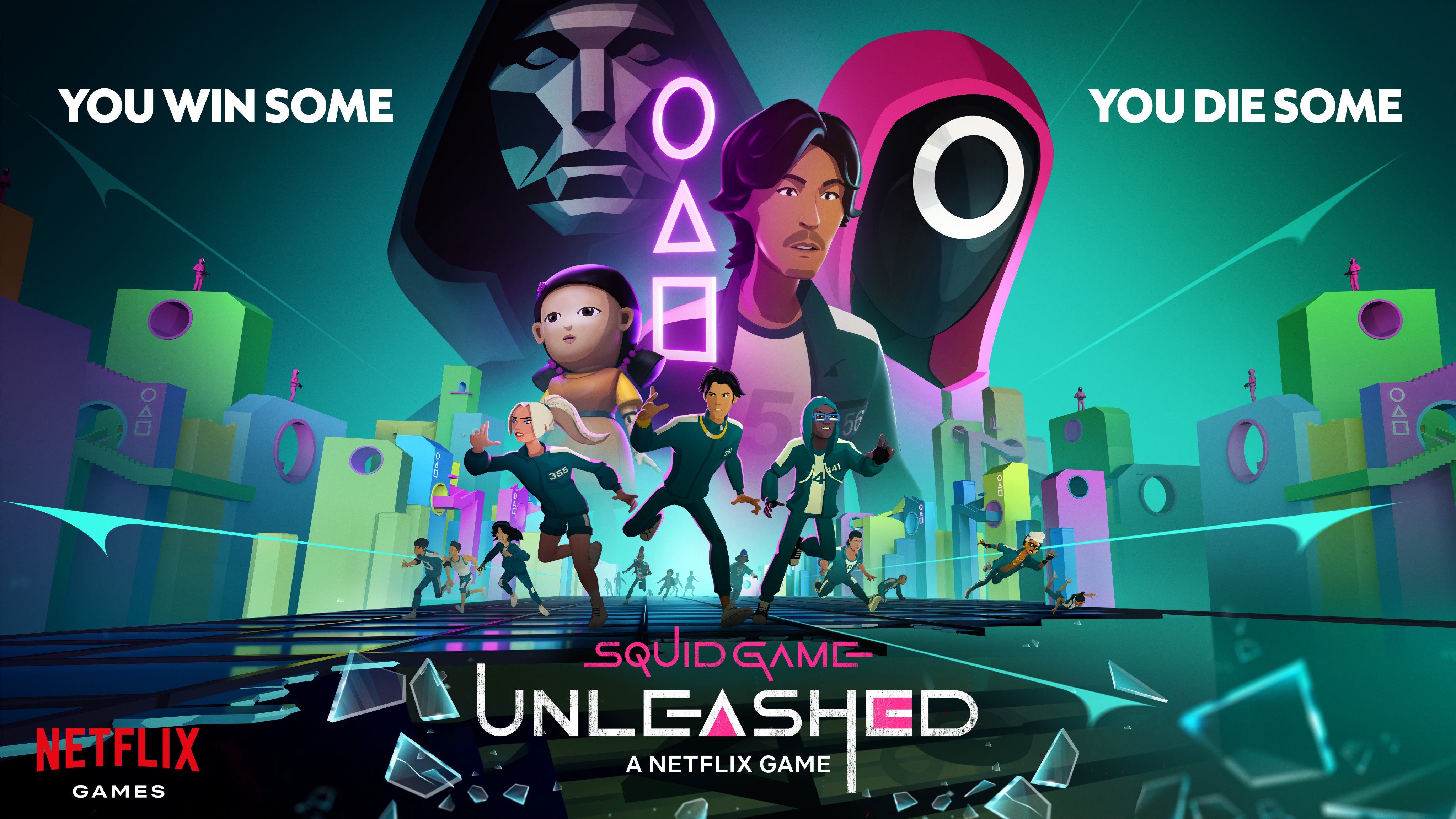
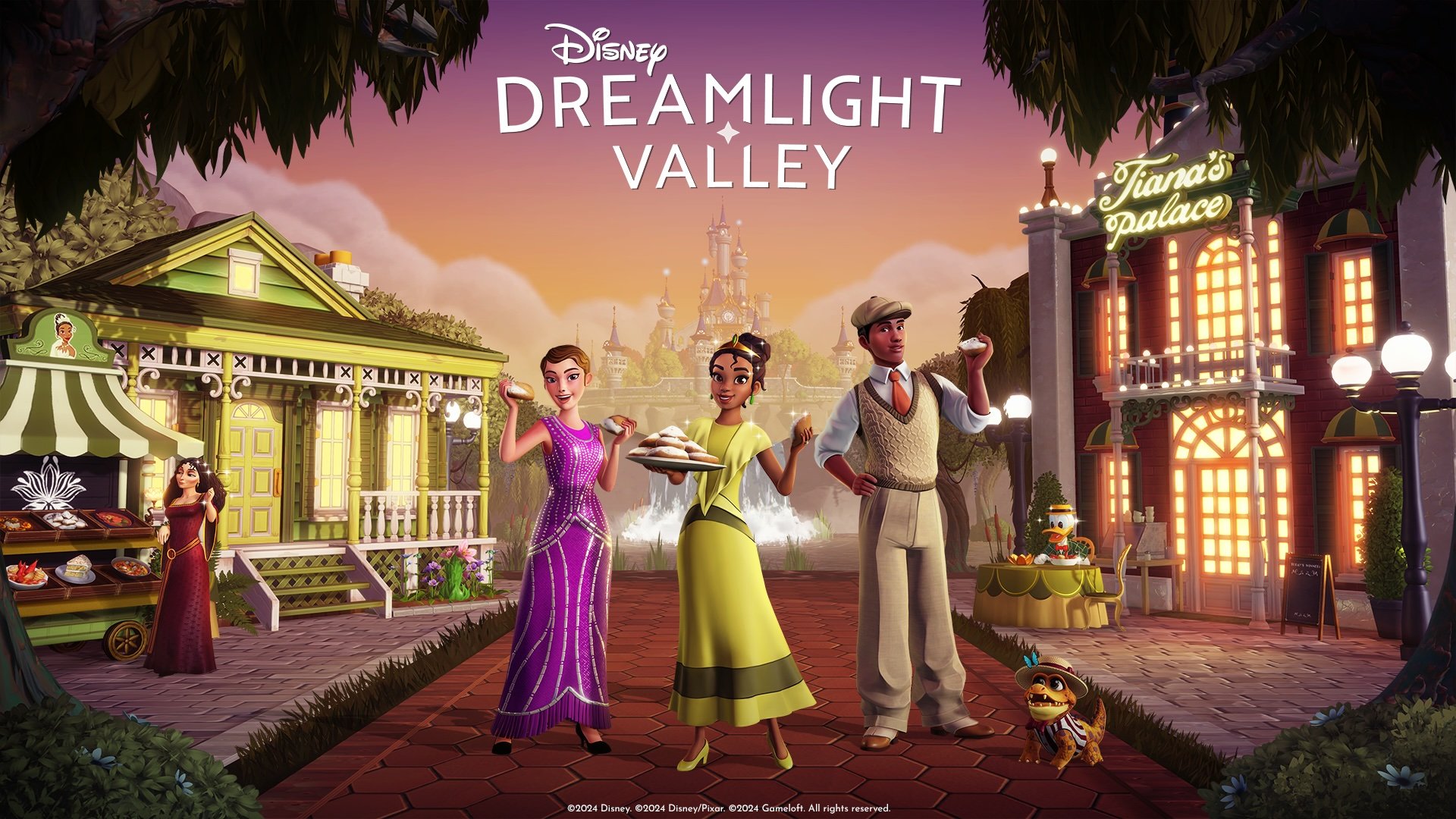






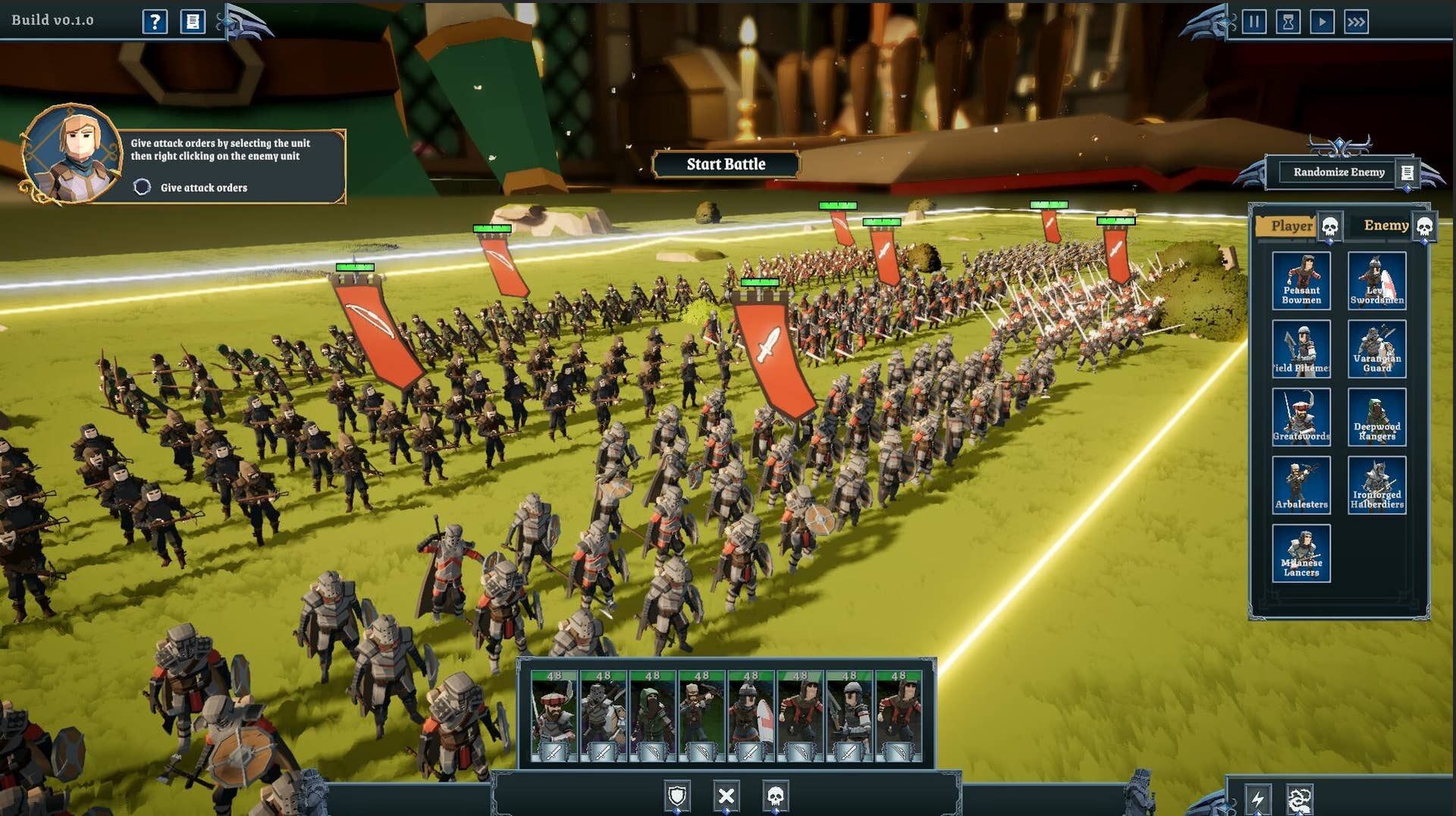
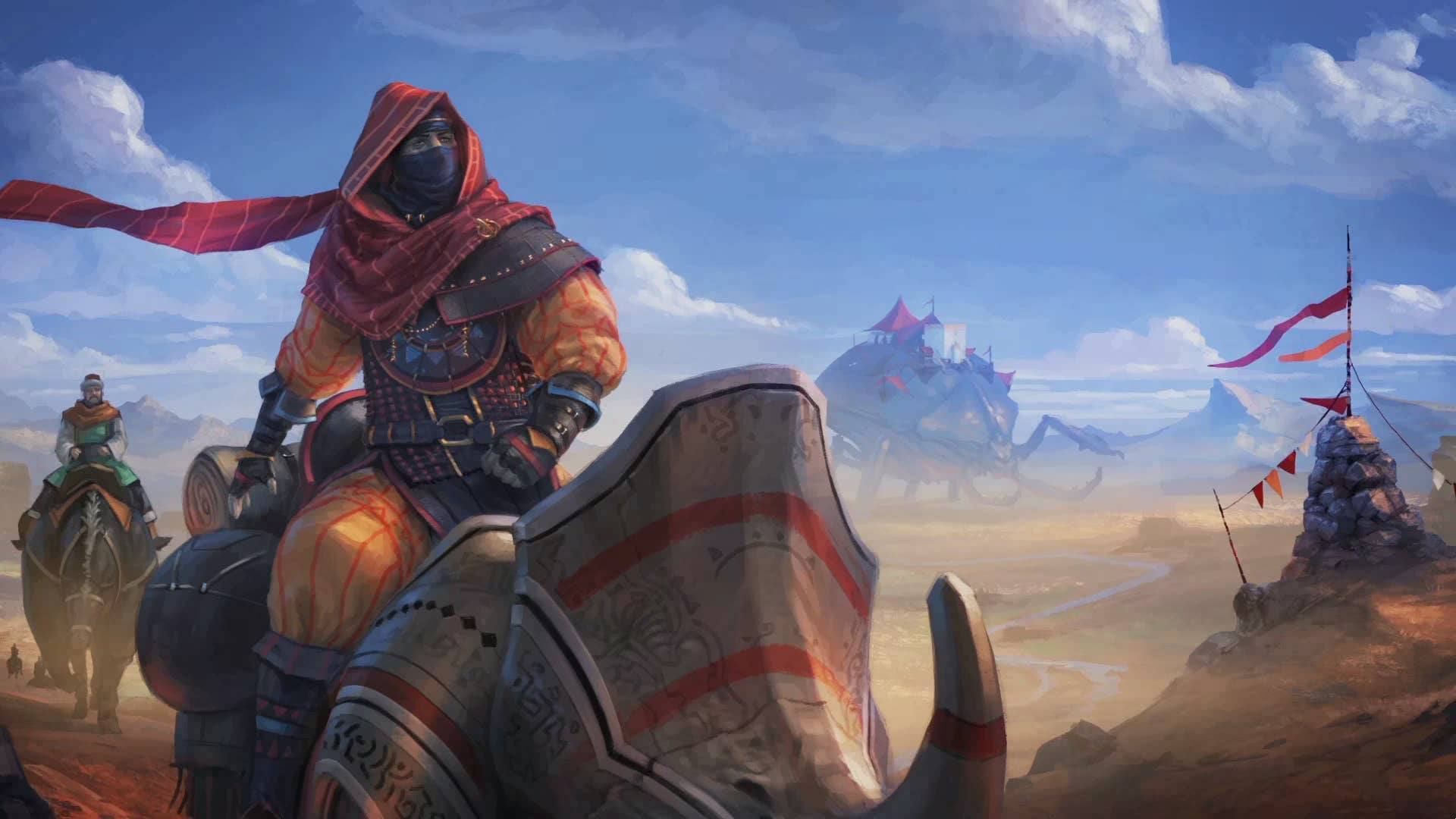

















































































































































































![This new Google TV streaming dongle looks just like a Chromecast [Gallery]](https://i0.wp.com/9to5google.com/wp-content/uploads/sites/4/2025/04/thomson-cast-150-google-tv-1.jpg?resize=1200%2C628&quality=82&strip=all&ssl=1)













![Apple Drops New Immersive Adventure Episode for Vision Pro: 'Hill Climb' [Video]](https://www.iclarified.com/images/news/97133/97133/97133-640.jpg)

![Most iPhones Sold in the U.S. Will Be Made in India by 2026 [Report]](https://www.iclarified.com/images/news/97130/97130/97130-640.jpg)
![Apple to Shift Robotics Unit From AI Division to Hardware Engineering [Report]](https://www.iclarified.com/images/news/97128/97128/97128-640.jpg)
















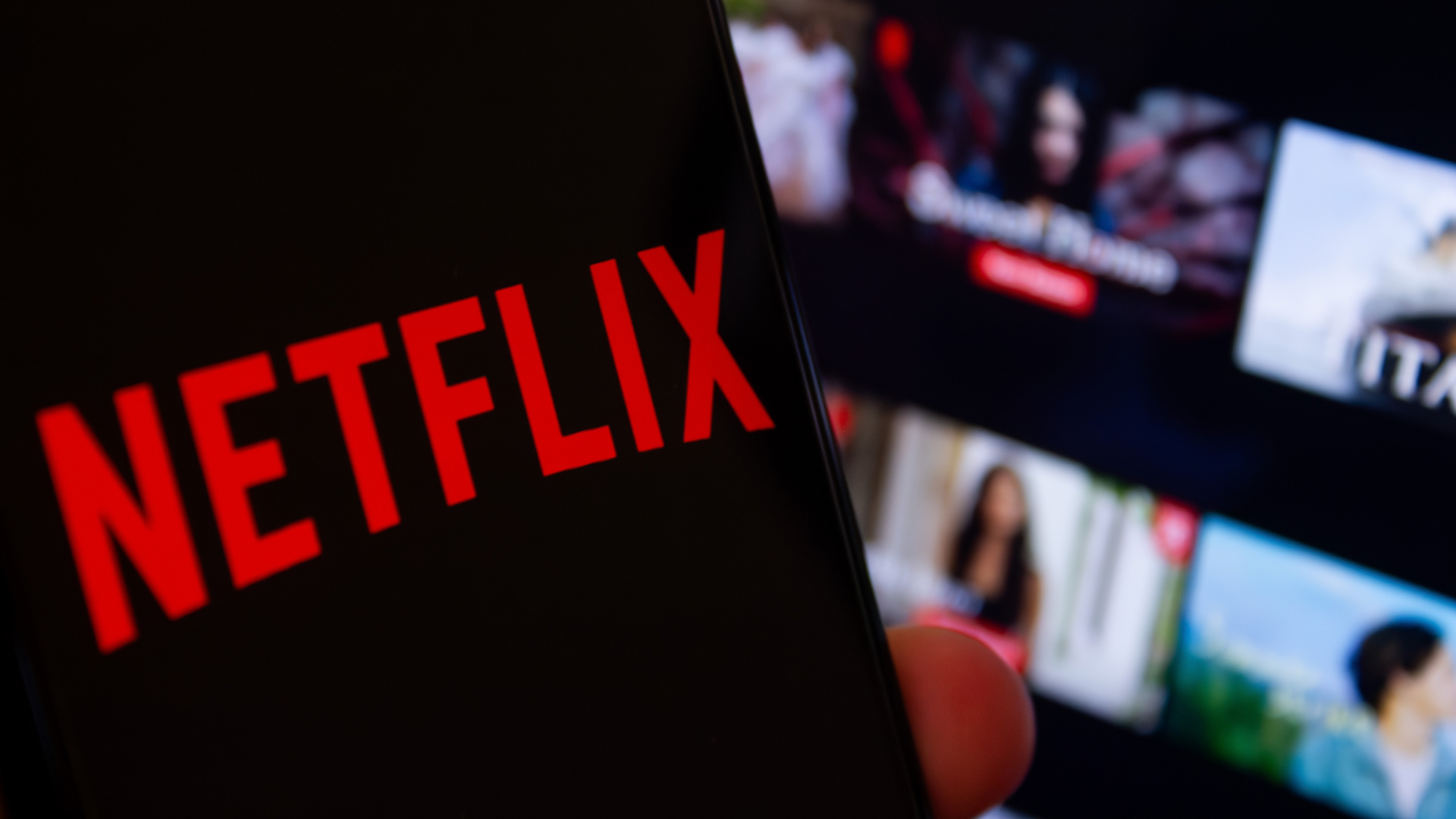
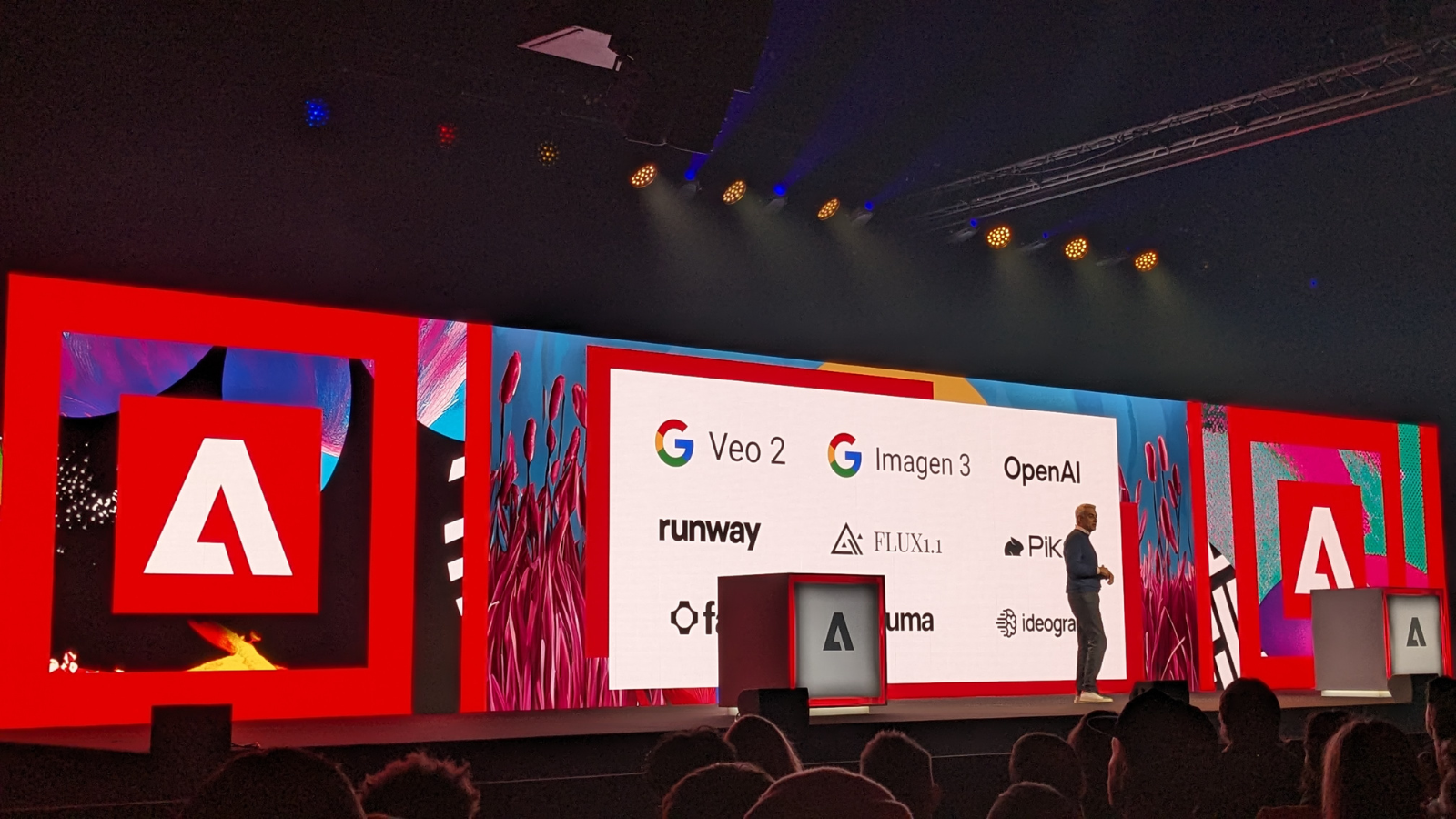







































































































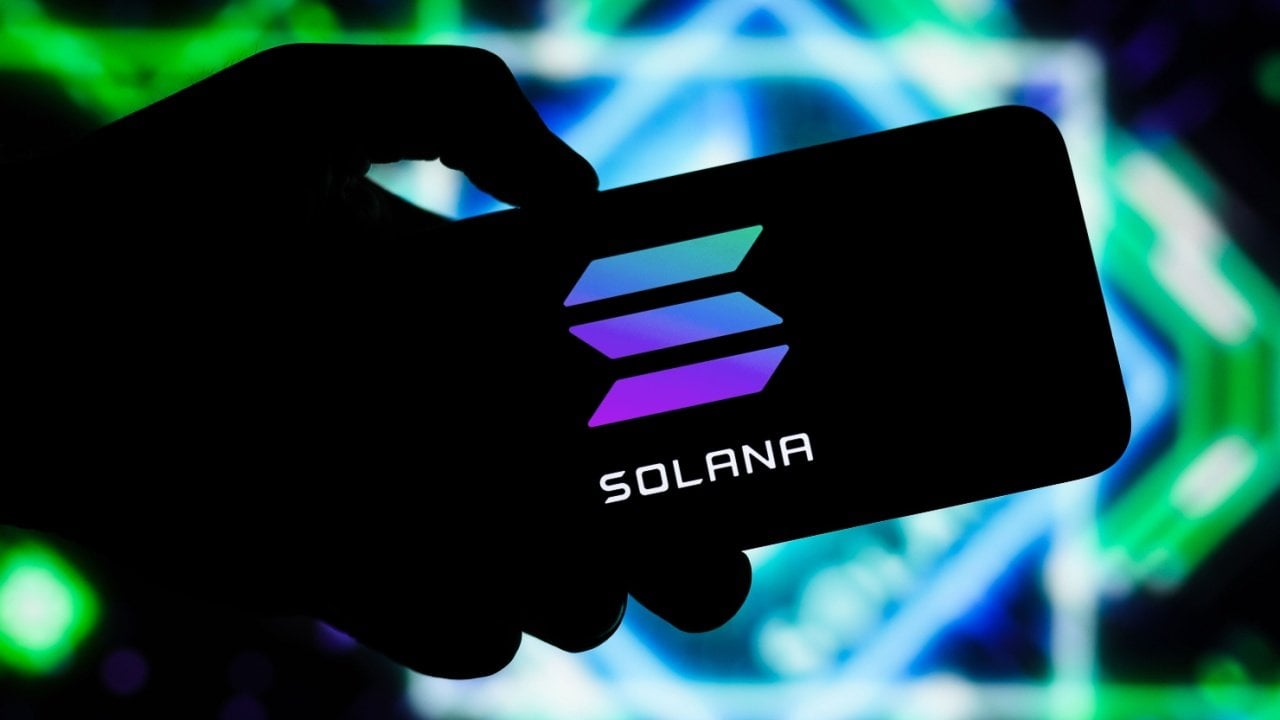









![[Web Component] Simple Masonry V2 + lightgallery](https://media2.dev.to/dynamic/image/width%3D1000,height%3D500,fit%3Dcover,gravity%3Dauto,format%3Dauto/https:%2F%2Fdev-to-uploads.s3.amazonaws.com%2Fuploads%2Farticles%2Fejsjh1zhgaey24jolk62.png)
